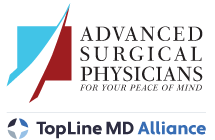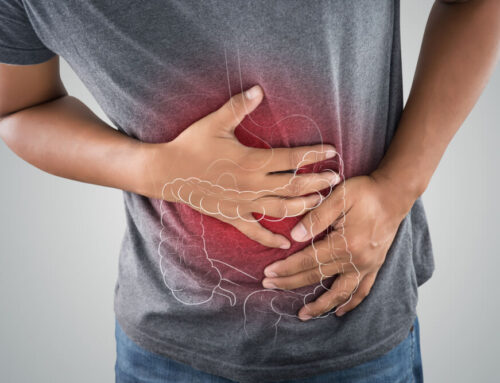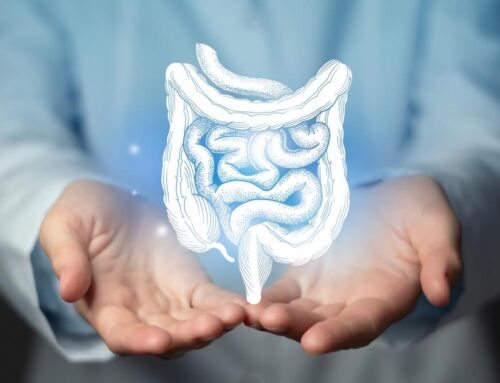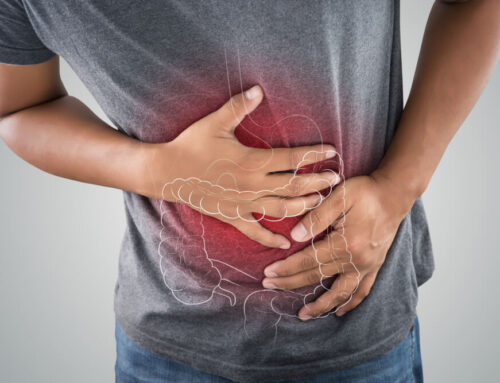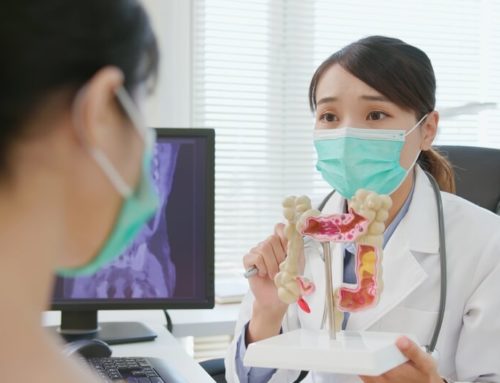GERD, or chronic acid reflux, is a disorder of the digestive system that affects the esophagus. In this condition, acid is persistently leaking into the esophagus (the tube leading from the throat to the stomach) from different contents in your stomach. This happens because the lower esophageal sphincter valve fails to close correctly when food enters the stomach, and the acid backlash finds a way to flow back up to the esophagus, throat, and even the mouth.
And while this happens to everyone at least once in their lifetime, some people develop chronic GERD (heartburn) issues. Some patients may turn to acid reflux medicine or even heartburn surgery in more severe cases. Dr. Saphiro and Dr. Eldredge and their expert staff at Advanced Surgical Physicians in Wellington entirely understand the challenges GERD patients face and, as such, compiled this blog entry about acid reflux surgery and about the main characteristics of GERD.
Hopefully, this article will answer all your questions. If not, you can always contact us and schedule an appointment.
More About Acid Reflux
The main signs of the condition are acid regurgitation and constant heartburn, even though some patients may not experience heartburn, chest pain, trouble swallowing, and hoarseness.
On that note, heartburn is often used interchangeably with acid reflux, but in reality, it’s a symptom of GERD. The burning sensation in the patient’s chest is caused by stomach acid, which irritates the esophageal lining. Usually, heartburn gets worse after meals, and it can worsen even further when the patient lies in bed.
Fortunately, OTC acid reflux medications can help manage the problem, but in some instances, fundoplication or acid reflux surgery is required.
Causes
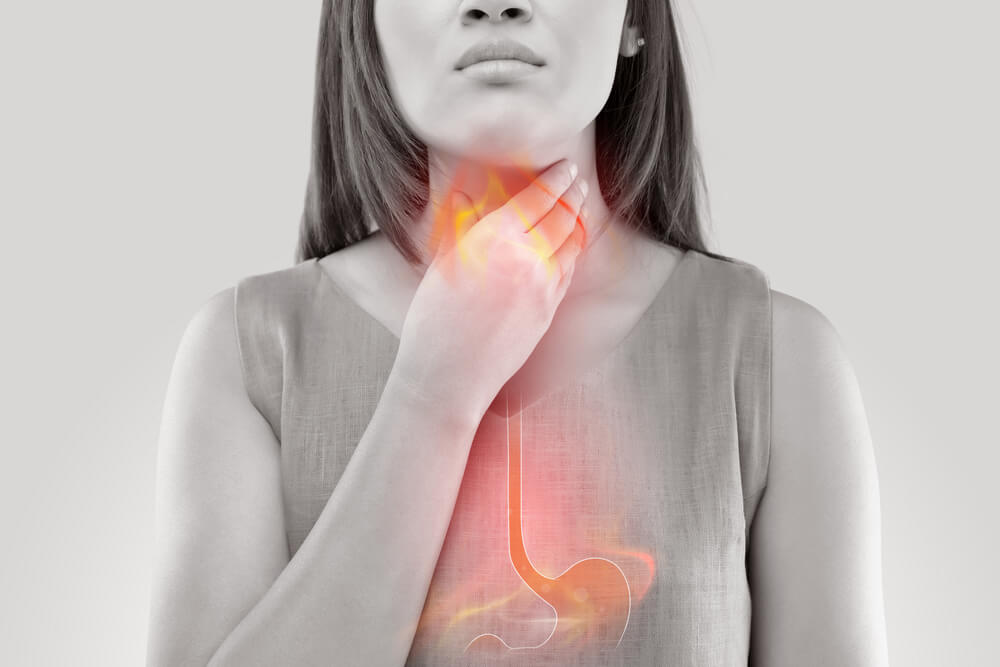
As mentioned above, acid reflux results from a weakened lower valve in the esophageal (lower esophageal sphincter), which would normally close tightly after food leaves the esophagus, not letting acidic stomach contents enter the esophagus.
The following factors may cause this valve to relax to the point that it doesn’t close tightly:
- Too much abdominal pressure. For example, pregnant women might experience daily heartburn because of increased abdominal pressure.
- Specific eating habits and food types, like fried or spicy foods or dairy.
- Hiatal hernias cause the stomach’s upper part to protrude to the diaphragm, making the normal food intake process more challenging.
- Asthma and medications for allergies, sedatives, painkillers, anti-depressants, and hypertension meds may also increase the risk of developing GERD.
With that in mind, the most typical symptoms of the condition are the following:
- Coughing
- Chest pain
- Heartburn
- Regurgitation
- Feeling that food is caught in the throat
- Vomiting
- Hoarseness and a sore throat
- Problems swallowing
Acid Reflux Surgery
Nissen fundoplication is among the most common methods providers may recommend for GERD treatment. The intervention tightens the junction between the stomach and the esophagus to prevent acid reflux.
For the most part, patients will find that taking acid reflux medicine and a few lifestyle changes is enough to relieve acid reflux symptoms. Still, there are cases when patients don’t respond to noninvasive treatments. In these instances, providers may recommend fundoplication to address the issue. Nissen fundoplication is considered fairly safe, meaning that both adults and children can be candidates for the procedure.
Types of Fundoplication
Surgeons will typically perform two distinct types of fundoplication procedures:
- Open procedures involve making larger incisions and using larger surgical instruments to tighten the junction between the esophagus and the stomach.
- Laparoscopic minimally invasive interventions require only tiny cuts and use cameras to view the problematic area.
The Process of Nissen Fundoplication Surgery
Before surgery, your provider may order a couple of tests to examine your esophagus and stomach more thoroughly. They may order the following:
- Upper endoscopy examines the stomach’s upper part.
- pH probe testing helps determine whether there’s acid in the esophagus.
- Barium swallow X-rays or GI X-rays generate images of the stomach, small intestine, and esophagus.
- Esophageal manometry measures the esophageal pressure while the patient swallows.
With the help of these tests before acid reflux surgery, providers are able to asses any narrowing in the esophagus and may look for clues for hiatal hernias.
Before Nissen fundoplication, your healthcare provider will give you detailed instructions regarding surgery preparation. Typically, you will be instructed not to drink or eat anything after midnight before surgery.
During surgery, a few things might happen, depending on the surgery type the provider goes with. In both cases of acid reflux surgery, patients are administered anesthetic IV medication to fall asleep.
Then, during open acid reflux surgery, the surgeon will make a large abdominal incision, wrap the fundus (the stomach’s upper part) around the esophagus’s lower part, and close the incision using staples.
If the expert opts for laparoscopic fundoplication, they will make five small abdominal incisions, insert a laparoscope into the area, and use the laparoscopic camera and other tiny operating tools to wrap the fundus around the lower part of the esophagus. In the end, they will close the incision with stitches.
After Acid Reflux Surgery
The patient’s throat might feel sore for a few days after surgery. Furthermore, during open surgery, they will need to use a temporary NG or nasogastric tube to clear the stomach of digestive juices during recovery.
An IV line will also be required until the patient is ready to eat again, which can happen after the first bowel movement or passing gas, as these are signs that the body is returning to its usual functions.
Generally, recovery time will depend on the type of surgery used and whether there were any preexisting medical problems. Those who have undergone laparoscopic surgery can usually leave the hospital the next day.
Benefits and Risks
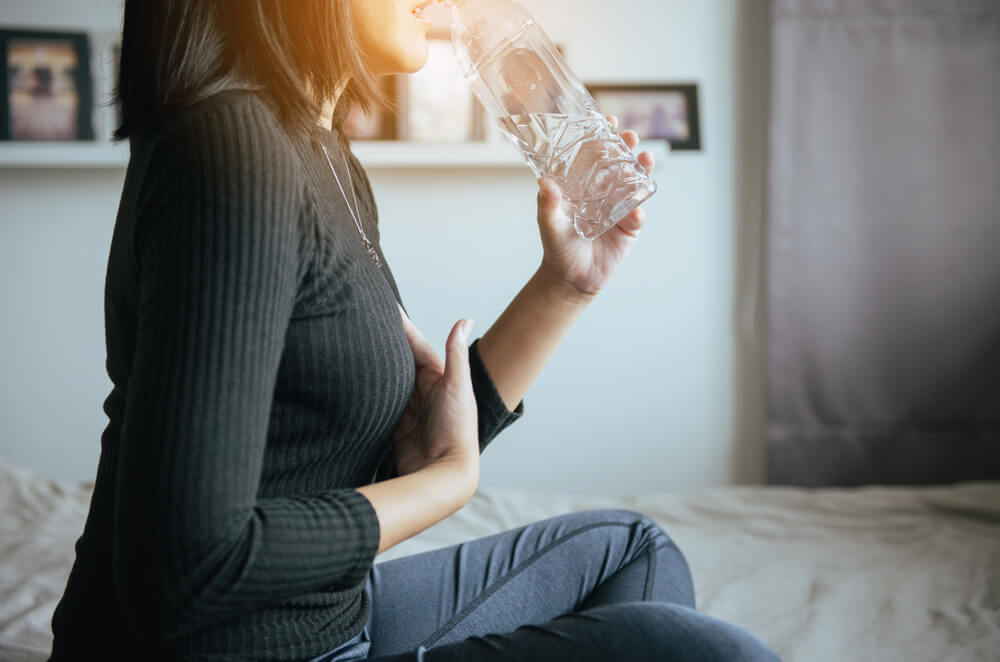
Typically, patients notice fast improvements after fundoplication. Keeping GERD in control can reduce the chances of developing other conditions, such as Barrett’s esophagus, which can raise the risks of developing esophageal cancer. Laparoscopic fundoplication also grants faster recovery, is less painful, and requires a shorter hospital stay.
On the other hand, the primary risk of acid reflux surgery is that symptom relief might not be lasting, meaning that some patients may need additional interventions later. Also, as with all other surgeries, there’s a risk of infection as well.
Explore Your Options
If you opt for this surgical procedure, you will need to eat a soft diet for up to ten days after surgery, but you can return to your usual activities after a few days following the intervention.
As mentioned above, Nissen fundoplication is usually recommended if other noninvasive methods have proven to be ineffective. Contact us now to learn more about the procedure and your options regarding GERD treatment.
Disclaimer: The blog is for informational purposes only. If symptoms do not resolve or if they return, seek medical attention as soon as possible at your primary care physician or with our office.

